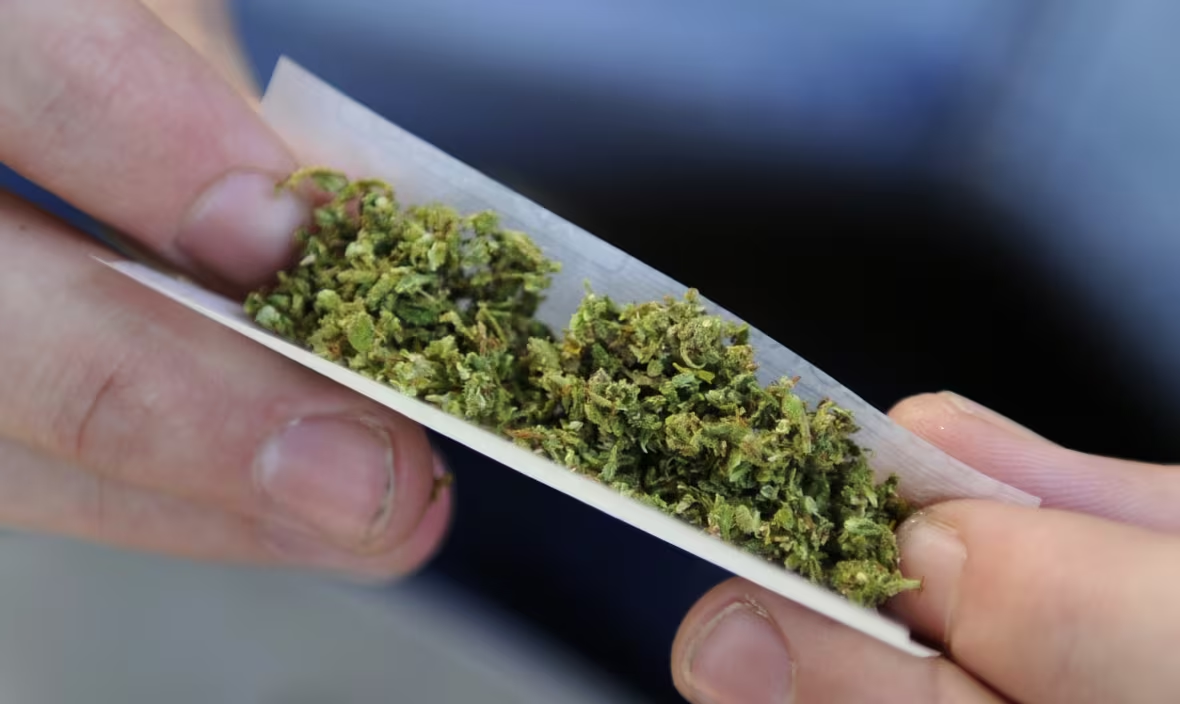Private pot shops closer than government retailers to schools, study finds
Cannabis stores across Canada often concentrated in lower-income neighbourhoods
Private cannabis stores tend to be closer to primary and secondary schools than government-run stores are, according to a new study that compares legally operating recreational cannabis outlets across Canada.
There are also 49 per cent more private stores per capita in jurisdictions where they can operate, and they're open an average of 9.2 more hours each week than government-run outlets.
But all cannabis stores — private and government-run — are about twice as likely to be found in lower-income neighbourhoods than high-income neighbourhoods, the study found.
Researchers at the Ottawa Hospital, the University of Ottawa and the Bruyère Research Institute used government and private websites to collect listings on retail cannabis stores that opened across Canada in the first six months after the drug was legalized in October 2018.

In total, the study found that 260 cannabis stores opened in that timeframe:
- 181 private stores in Newfoundland and Labrador, Manitoba, Saskatchewan, Alberta and Ontario.
- 55 government stores in Prince Edward Island, Nova Scotia, New Brunswick, Quebec and the Northwest Territories.
- 24 in the hybrid private/government system in British Columbia and Yukon.
In jurisdictions with privately-run stores, the median distance between cannabis outlets and the nearest school was 577 metres — 167 metres closer than in jurisdictions with government-run stores only.
Daniel Myran, the study's lead researcher, told CBC Radio's Ottawa Morning the study was conducted with the goals of legalization — replacing the illicit market and restricting youth access to the drug — in mind.
- Ontario is set to get 50 more cannabis stores this fall
- A dozen Ontario pot shops are being penalized for not opening on time
The concern over private stores tending to be closer to schools needs to be weighed against more private stores being able to open faster, Myran said, which can help contribute to the elimination of the black market.
"I think it speaks to the two goals of legalization and that there could be a tension between the two," he said.
While the finding may be concerning to some, Myran said it's too early to sound the alarm.
"I think the amount of concern that we should have actually depends on how those cannabis stores are behaving."
Looking at previous studies of alcohol and tobacco could hold some clues. With tobacco, for example, studies have shown that less advertising in a store can help reduce consumption among youths, despite proximity to schools.
"If you have controls in place, it may be that it is not as critical how close these stores are to schools," he said.
Concentration in lower-income neighbourhoods
The study also found that in all jurisdictions, there were twice as many cannabis stores in lower-income neighbourhoods than higher-income neighbourhoods.
Myran said the same pattern is seen with stores selling alcohol and tobacco across Ontario.
"This is probably just a good business case," he said. "There's actually some data suggesting that lower-income individuals are more likely to consume cannabis and consume cannabis more frequently than higher-income individuals. So [cannabis stores] may just be in these areas because it makes economic sense."
But in Ottawa and the rest of Ontario the trend seen elsewhere in Canada doesn't quite hold true. Myran said the reason could be that Ontario awarded licences using a lottery system.
"That may have actually prevented them from concentrating in poor, low-income neighbourhoods," he said.
With files from CBC Radio's Ottawa Morning